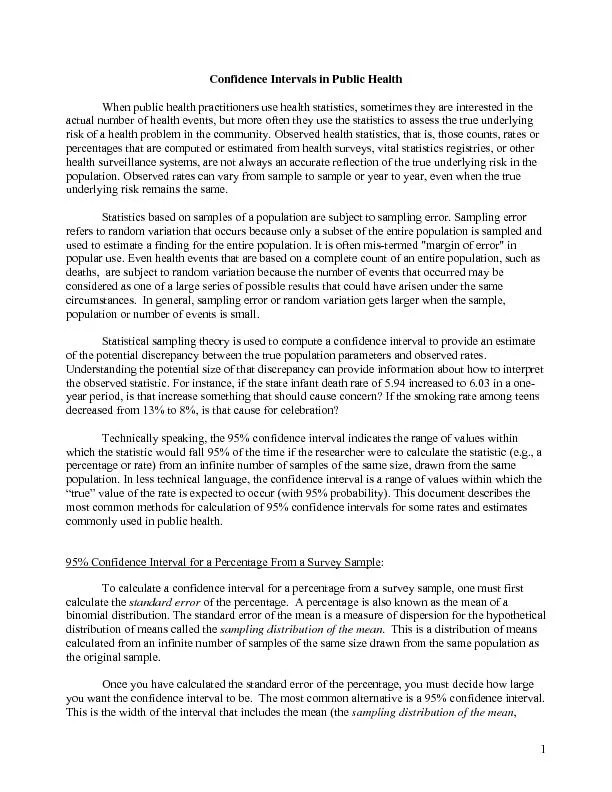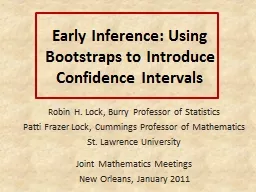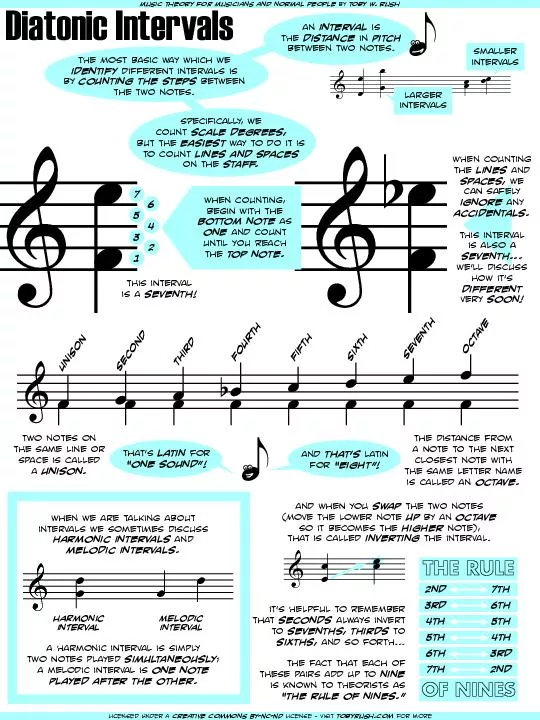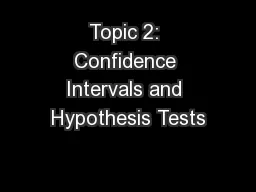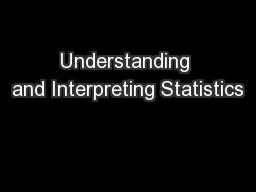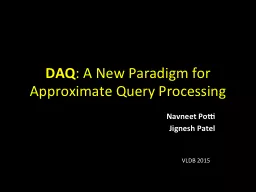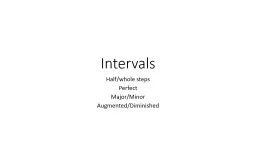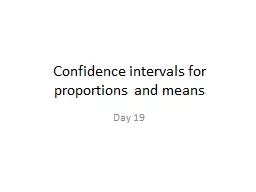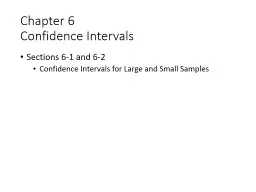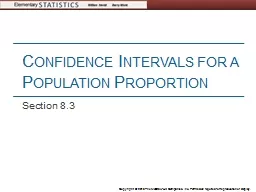PDF-Confidence Intervals in Public Health tistics, sometimes they are inte
Author : debby-jeon | Published Date : 2016-06-16
To calculate a confidence interval for a percentage from a survey sample one must first calculate the of the percentage A percentage is also known as the mean of
Presentation Embed Code
Download Presentation
Download Presentation The PPT/PDF document "Confidence Intervals in Public Health ti..." is the property of its rightful owner. Permission is granted to download and print the materials on this website for personal, non-commercial use only, and to display it on your personal computer provided you do not modify the materials and that you retain all copyright notices contained in the materials. By downloading content from our website, you accept the terms of this agreement.
Confidence Intervals in Public Health tistics, sometimes they are inte: Transcript
Download Rules Of Document
"Confidence Intervals in Public Health tistics, sometimes they are inte"The content belongs to its owner. You may download and print it for personal use, without modification, and keep all copyright notices. By downloading, you agree to these terms.
Related Documents

